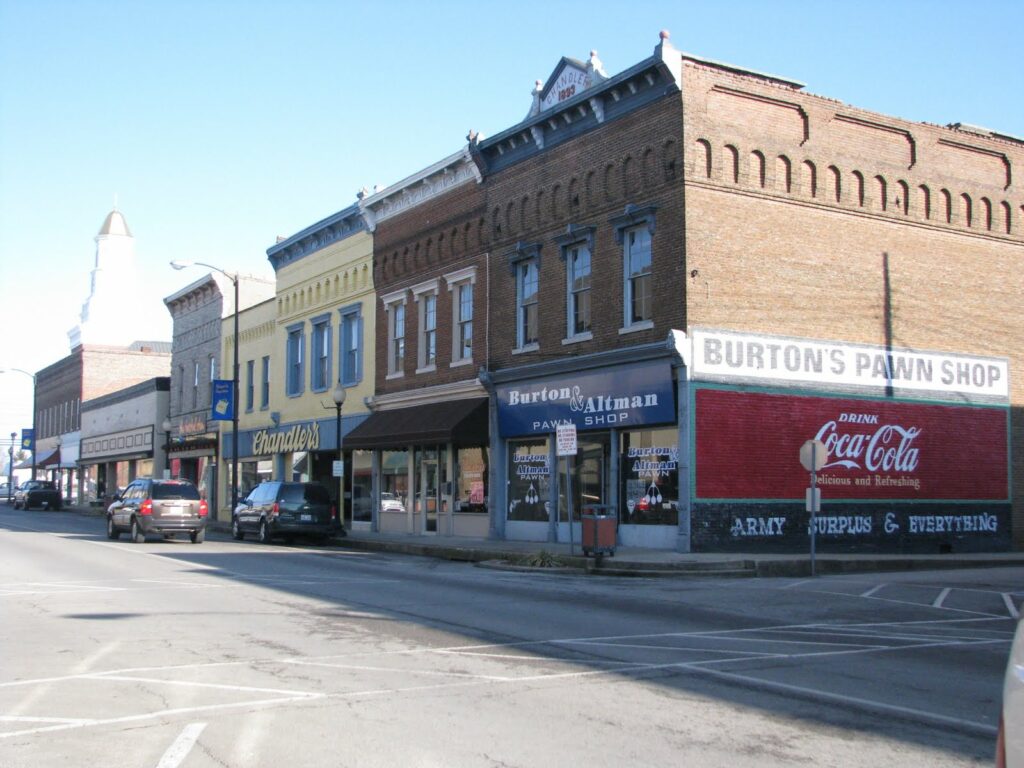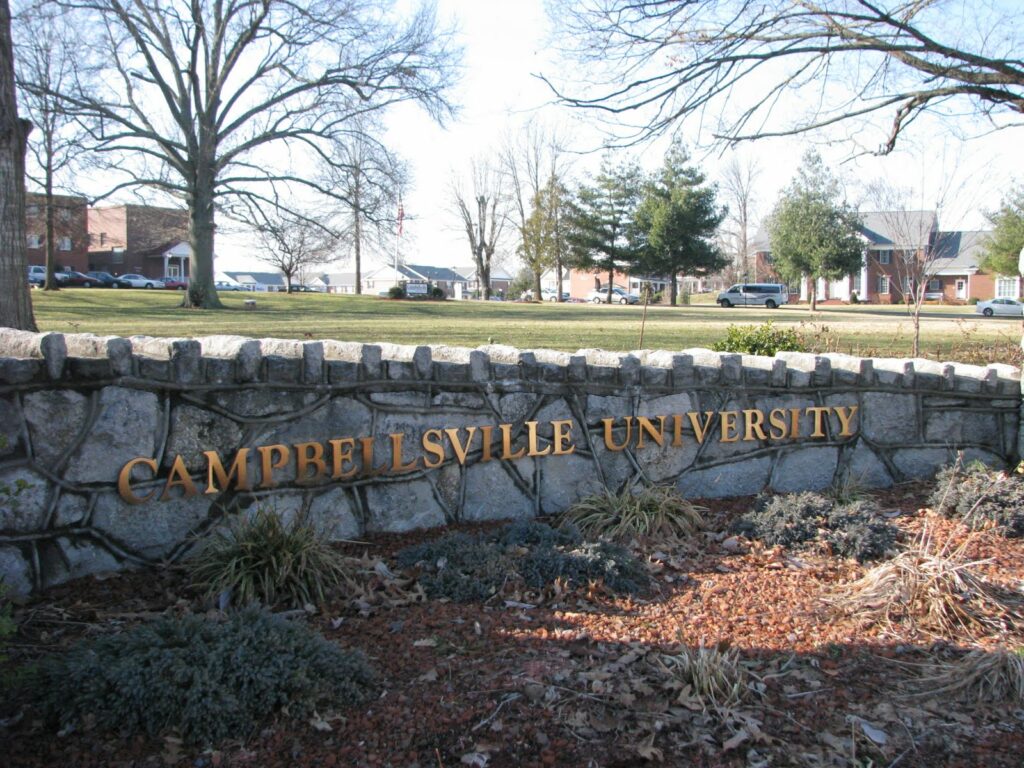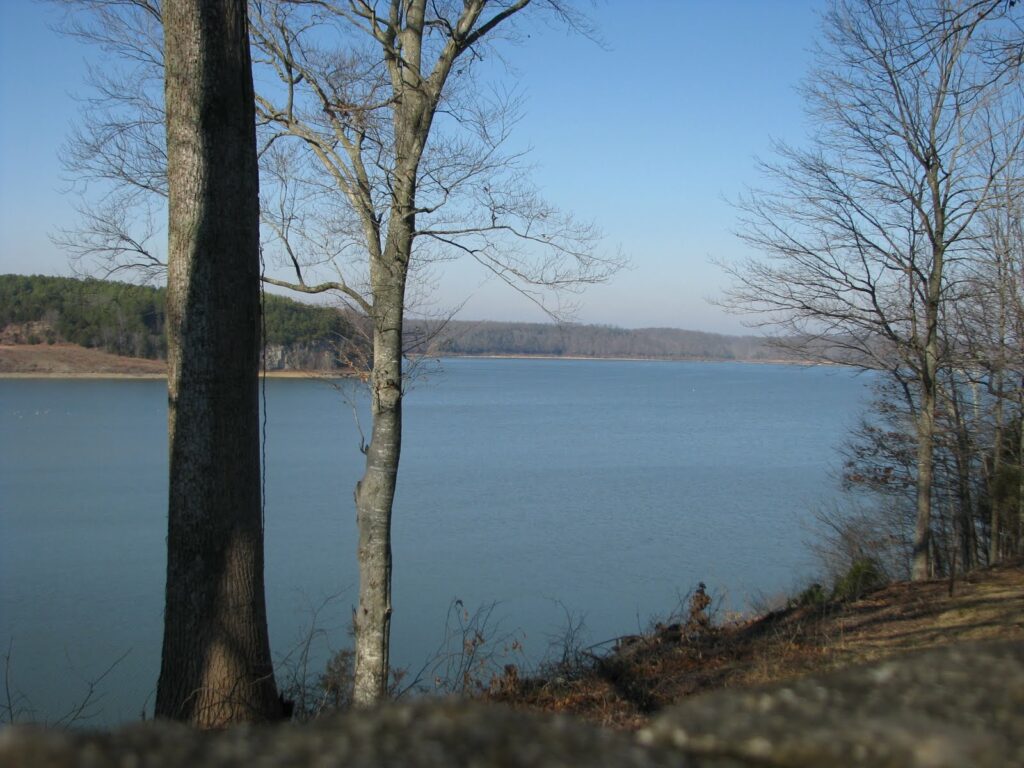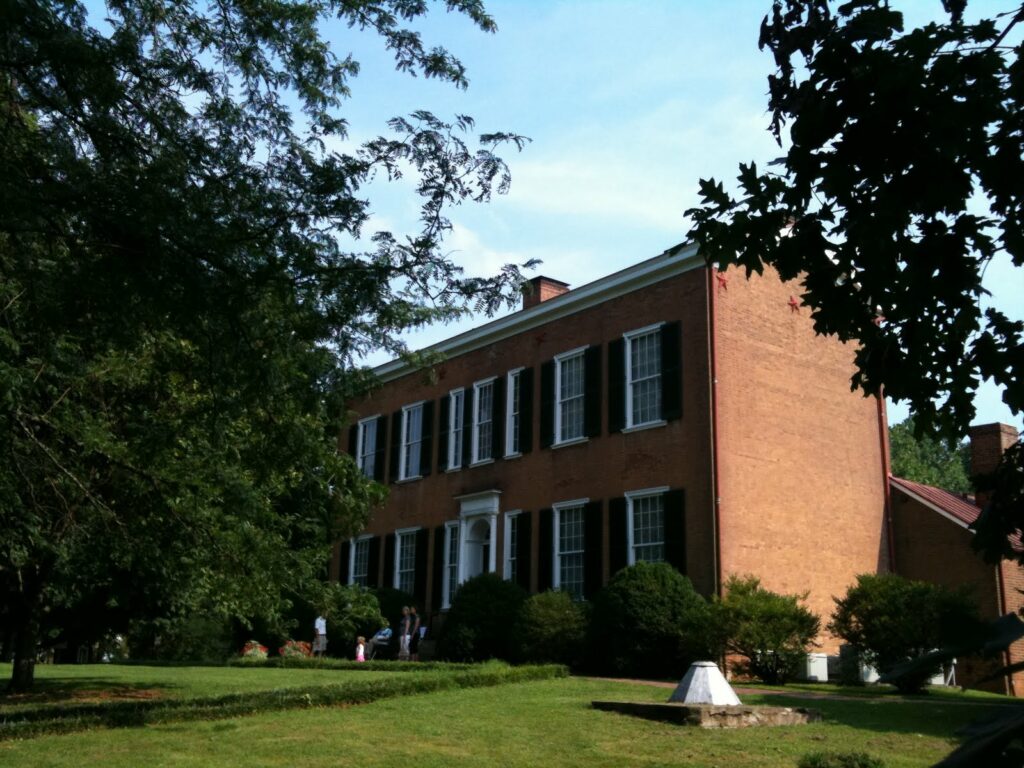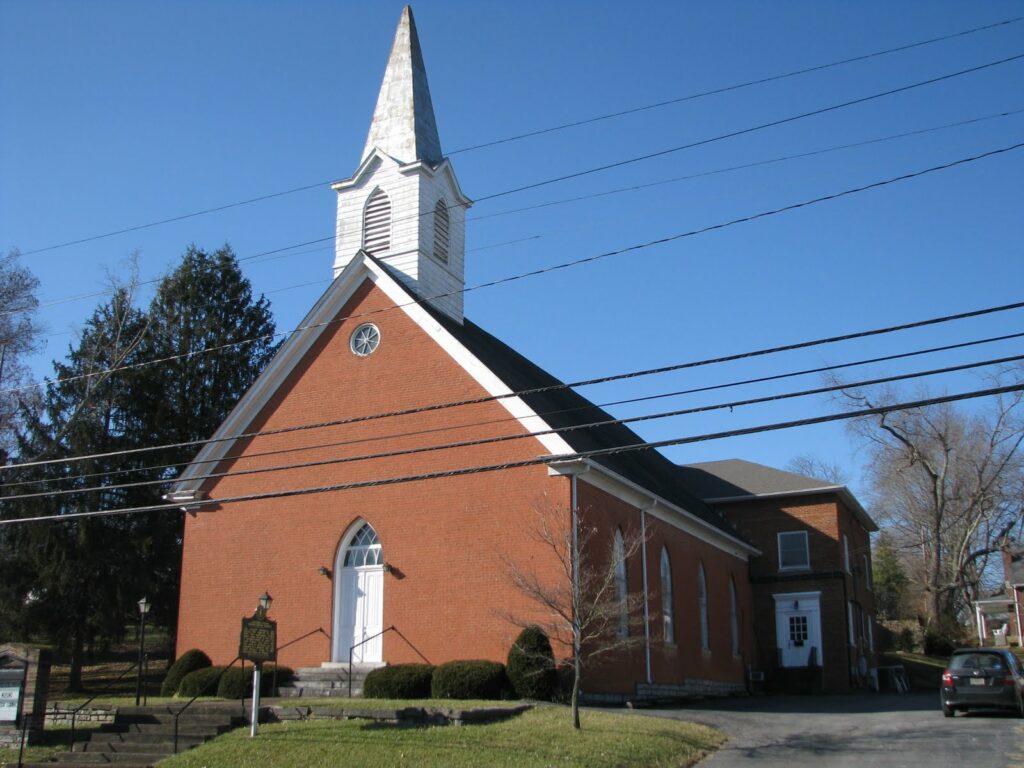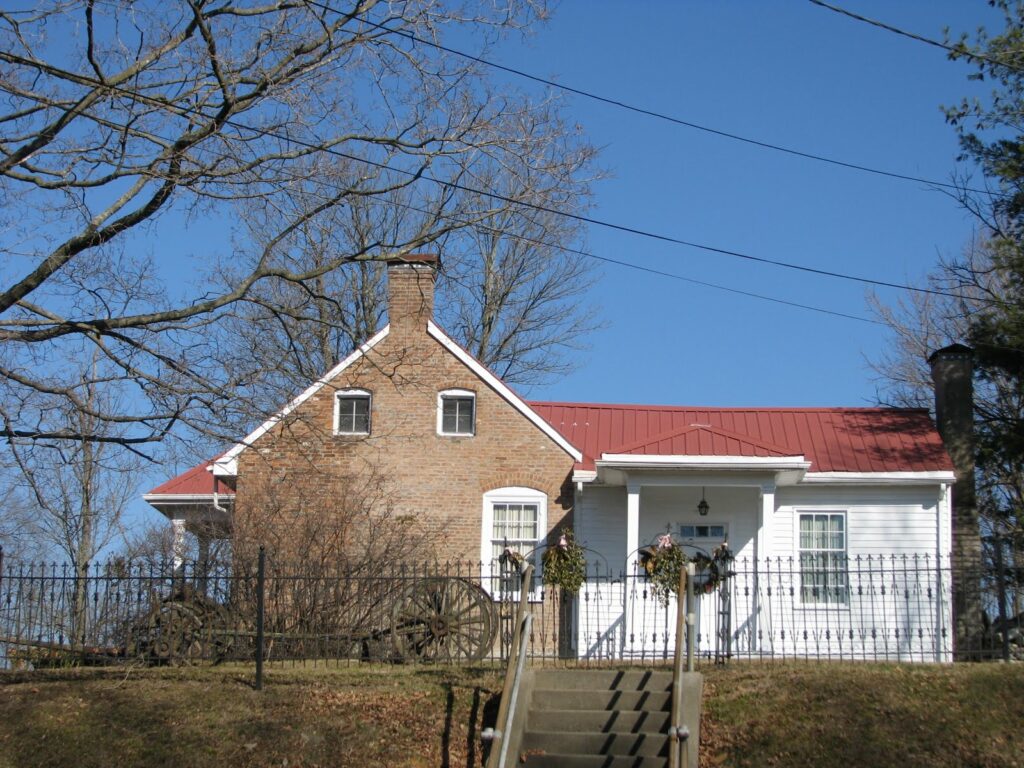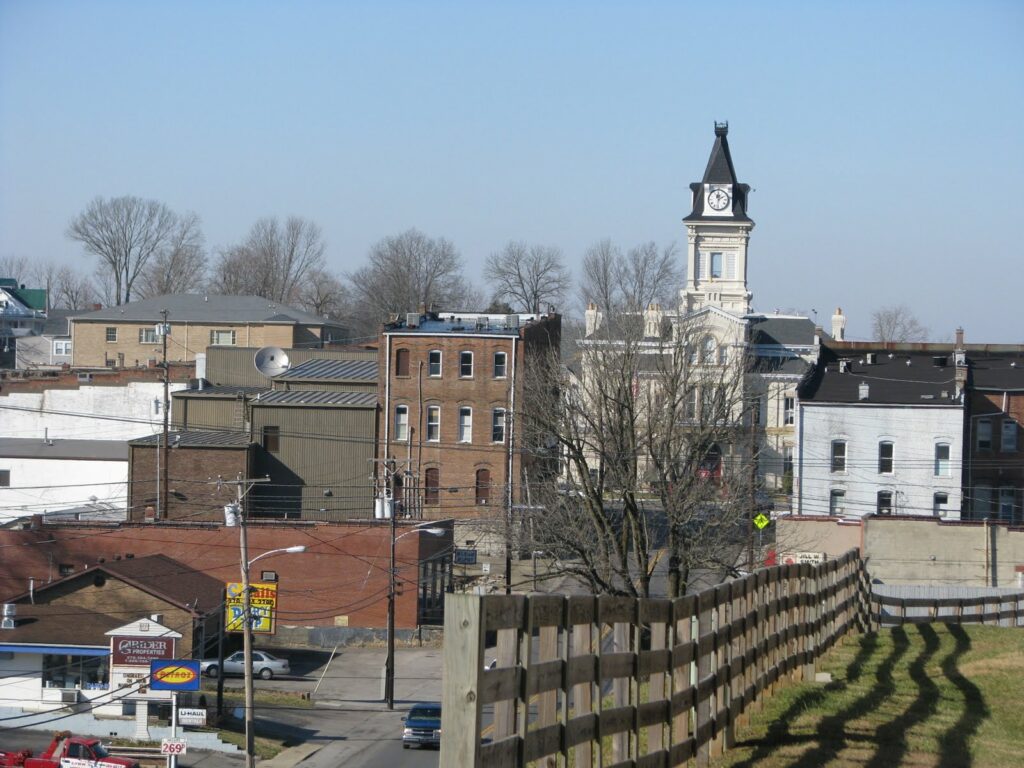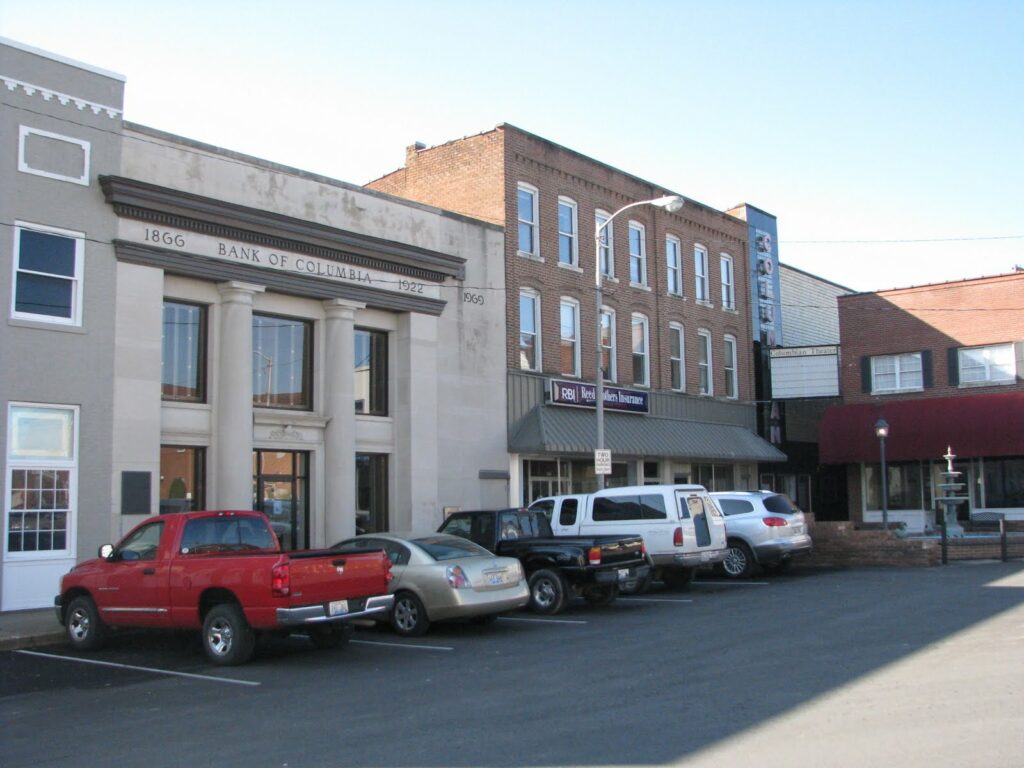Centrally located Campbellsville – Taylor County’s seat – is eighty miles from Lexington, Louisville and Bowling Green. Established in 1817, the town’s history is quintissentially Kentucky. Began as a grist mill, grew in population as a stop on a stagecoach route and later a rail line, and the target of Civil War raids by the infamous Gen. John Hunt Morgan. Today, Campbellsville’s Main Street (pictured, above) remains active with a number of businesses due at least in part to the presence of Cumberland University.
What is now Campbellsville was on the Cumberland Trace – that route through the Cumberland Gap that would serve as the early route for western settlers; ultimately those who passed through what would become Taylor County continued past the Cumberland River to what is now Nashville, Tenn.
Taylor County was separated from Green County in 1848 (named for General Zachary Taylor in the same year that he would become President) and Campbellsville at that time was selected to be the seat of the new county. The first courthouse was erected soon thereafter and was destroyed during an 1864 raid by Confederate forces. The next courthouse was built and survived until 1965 when it was razed in favor of a “contemporary” brick design. This is another instance in which, architecturally speaking, the courthouse project currently underway in Kentucky is “a good thing” as the new Taylor County Courthouse has that “modern take at an old building” quality that at least returns a bell tower to the courthouse square. All historic markers, however, remain at the site of the 1965 courthouse.
 Nate, on his courthouse visits, loves the feel of coming over the hill into a town to see the tallest building in town – his immediate indicator of the courthouse’s prominence and central role for a community. Not in Campbellsville: the tallest spire will lead you up a hill to the Campbellsville Baptist Church (pictured, right). The congregation began as early as 1791, but the name of the church was not adopted until 1852. Following a 1962 fire, the present church was constructed. It replaced a 1916 sanctuary that consisted of “a domed ceiling and four walls of stained glass.”
Nate, on his courthouse visits, loves the feel of coming over the hill into a town to see the tallest building in town – his immediate indicator of the courthouse’s prominence and central role for a community. Not in Campbellsville: the tallest spire will lead you up a hill to the Campbellsville Baptist Church (pictured, right). The congregation began as early as 1791, but the name of the church was not adopted until 1852. Following a 1962 fire, the present church was constructed. It replaced a 1916 sanctuary that consisted of “a domed ceiling and four walls of stained glass.”

